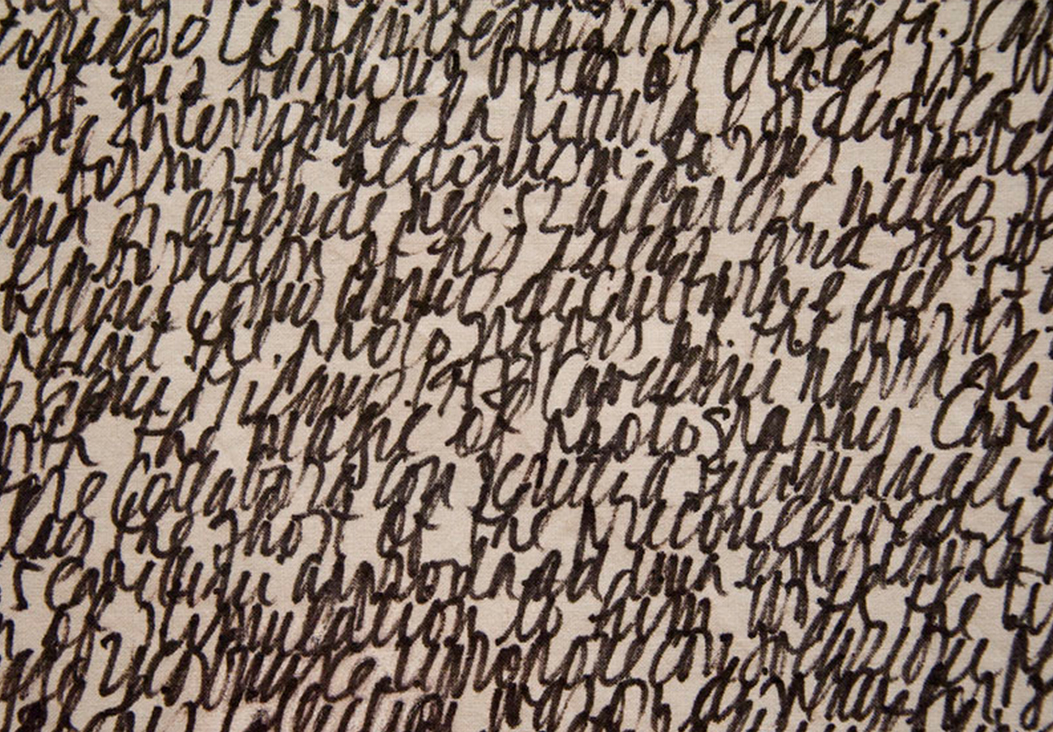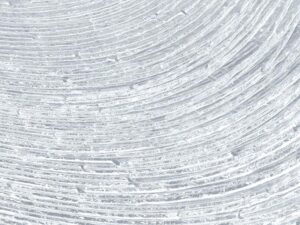Guglielmo Achille Cavellini (Brescia, 1914 – 1990) came into contact with the art world in the ‘1940s, when he started to collect abstract works.
Guglielmo Achille Cavallini art: from quotation to appropriation
Portrayed by the greatest artists of the age, including Rotella, Warhol and Ceroli, Cavellini began his multidimensional career as an artist by taking everyday objects, and also works of his own or by other artists, and then transforming or destroying them.
Between 1967 and 1970 he started creating ‘Le Casse’, boxes that contained fragments of previous works destroyed and also works of artists he highly esteemed. This is the moment in which for the first time the element of quotation-appropriation appears, an approach that takes shape more clearly with works made of inlays of painted wood in which he plays with the main characters and icons of the Art History. In the Carboni (Coals), where he uses fire to create new purified artworks, he combines more openly the concepts already presented, moving from the painting to the object, from quotation to appropriation, using works of other famous authors of important historical and artistic value or even the geographical shape of Italy in various deformations and contexts.
The “Autostoricizzazione” and the cult of personality
In 1971 Guglielmo Achille Cavellini then began a new phase by promoting himself and his future artistic career; ‘Autostoricizzazione’ (Self-historification) was his renowned project in which denounced the deformation of a system permeated by jealousy and impassable closures, ending up being celebrated in his birth centenary in 2014 with major art shows in the most important museums internationally.
Liberated from all restraints toward self-congratulation, Cavellini wrote an Encyclopaedia page starting from a simple autobiographical chronicle to result to a real hyperbole of the cult of personality. These writings thus became a painting motive used with maniacal insistence on all possible forms of media: columns, mannequins, clothes and drapes of enormous dimensions.
The mailing-exhibitions
Cavellini was also a promoter of mail art; his mailing-exhibitions were a kind of benchmark for many young artists with whom he had an intense exchange of mail art, resulting to create one of the most conspicuous and interesting archive-museum presenting these works from all over the world, an artwork that he, on several occasions, defined to be “his most important work”.


